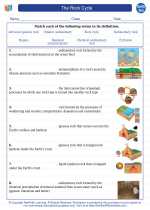Rolling Friction
Rolling friction, also known as rolling resistance, is the force that resists the motion when an object rolls along a surface. It is the resistance experienced by a rolling object due to the deformation of the object and the surface it is rolling on. Rolling friction is an important concept in understanding the motion of objects such as wheels, balls, and other round objects.
Causes of Rolling Friction
Rolling friction is caused by several factors, including:
- Deformation of the object and the surface it is rolling on
- Elastic properties of the materials in contact
- Surface roughness
- Viscoelastic properties of the materials
Comparison with Other Types of Friction
Rolling friction is different from other types of friction, such as static friction and kinetic friction. Unlike static friction, which resists the initiation of motion, rolling friction occurs once the object is in motion. Additionally, rolling friction is generally lower than kinetic friction, making it easier for objects to roll than to slide.
Factors Affecting Rolling Friction
Several factors can affect the magnitude of rolling friction, including:
- The material and surface properties of the rolling object and the surface it is rolling on
- The weight of the rolling object
- The shape and size of the rolling object
- The speed at which the object is rolling
Applications of Rolling Friction
Rolling friction has various practical applications, including in the design of vehicle tires, ball bearings, and other rolling components. Understanding rolling friction is important for engineers and designers to minimize energy losses and improve the efficiency of rolling systems.
Study Guide
Here are some key points to remember when studying rolling friction:
- Understand the difference between rolling friction, static friction, and kinetic friction.
- Learn about the factors that affect rolling friction, including material properties, weight, shape, and speed.
- Explore the practical applications of rolling friction in everyday objects and systems.
- Practice solving problems related to calculating rolling friction and its effects on motion.
By mastering the concept of rolling friction, you will gain a better understanding of how objects roll and the factors that influence their motion.
[Rolling Friction] Related Worksheets and Study Guides:
.◂Earth Science Worksheets and Study Guides High School. The Rock Cycle
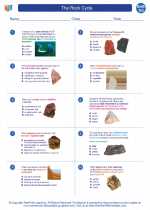
 Worksheet/Answer key
Worksheet/Answer key
 Worksheet/Answer key
Worksheet/Answer key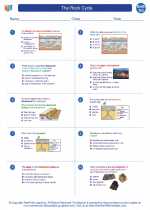
 Worksheet/Answer key
Worksheet/Answer key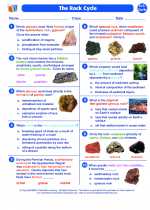
 Vocabulary/Answer key
Vocabulary/Answer key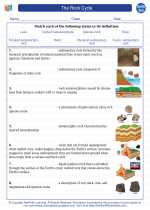
 Vocabulary/Answer key
Vocabulary/Answer key
 Vocabulary/Answer key
Vocabulary/Answer key